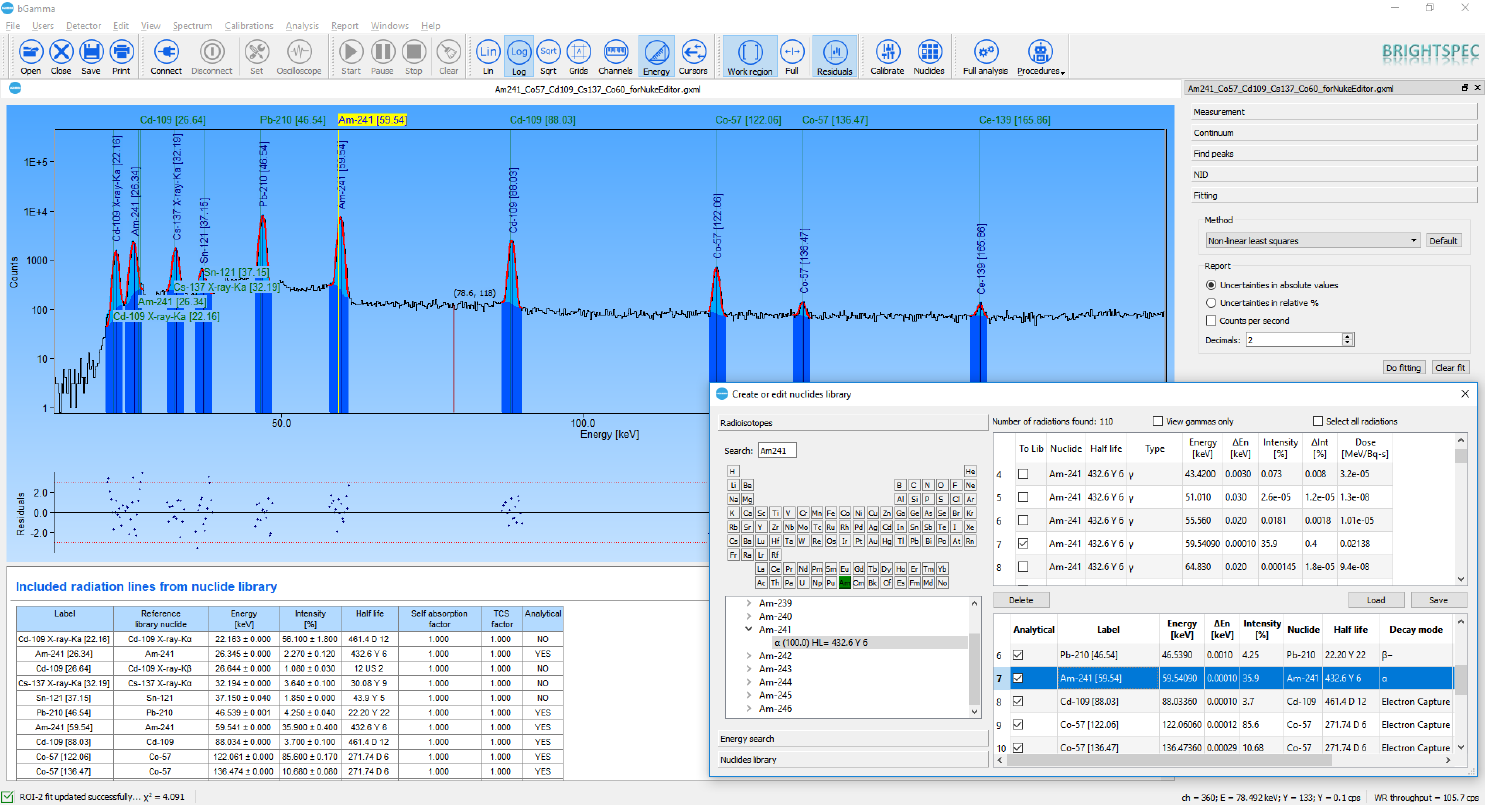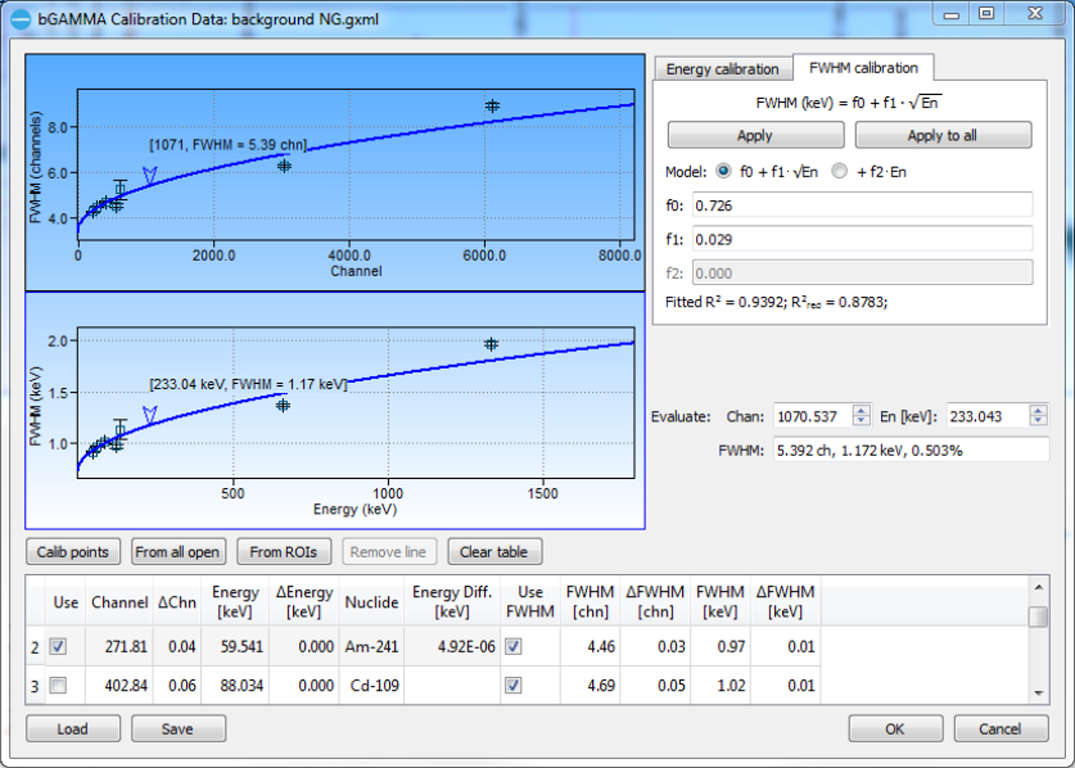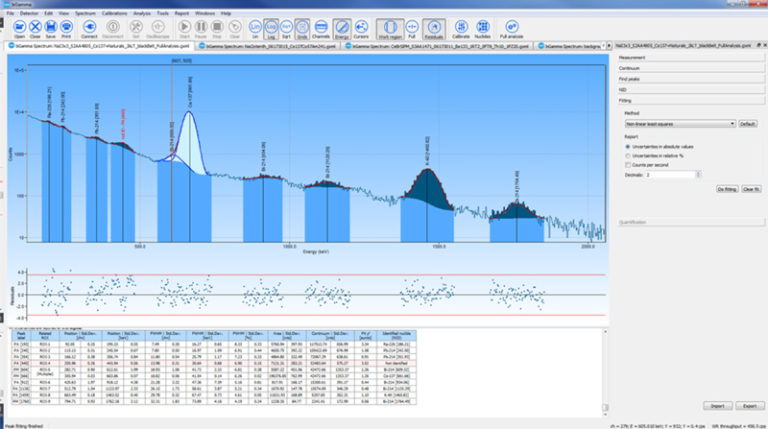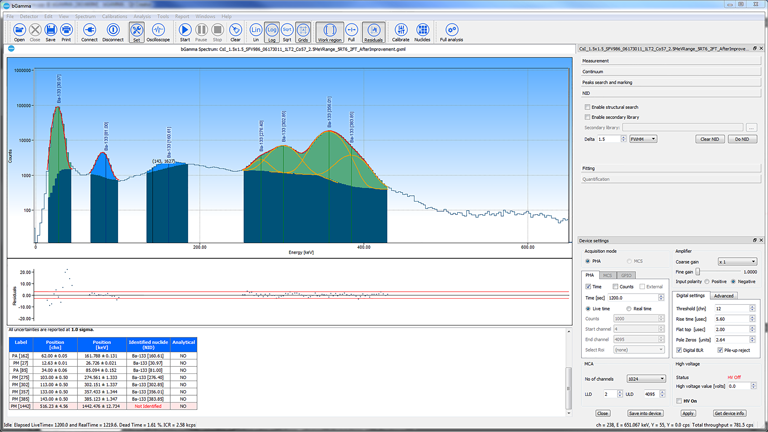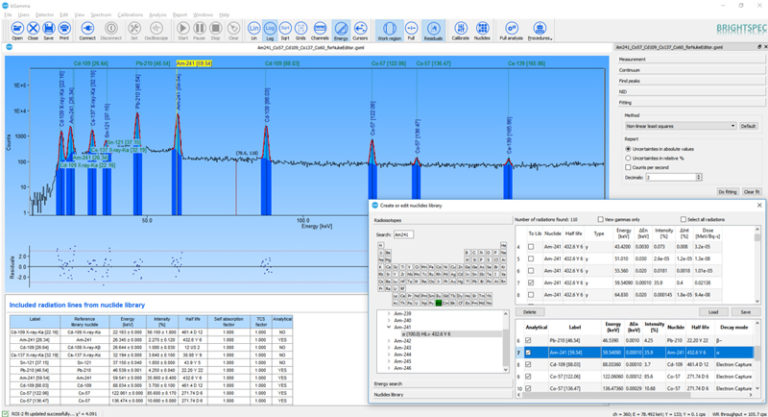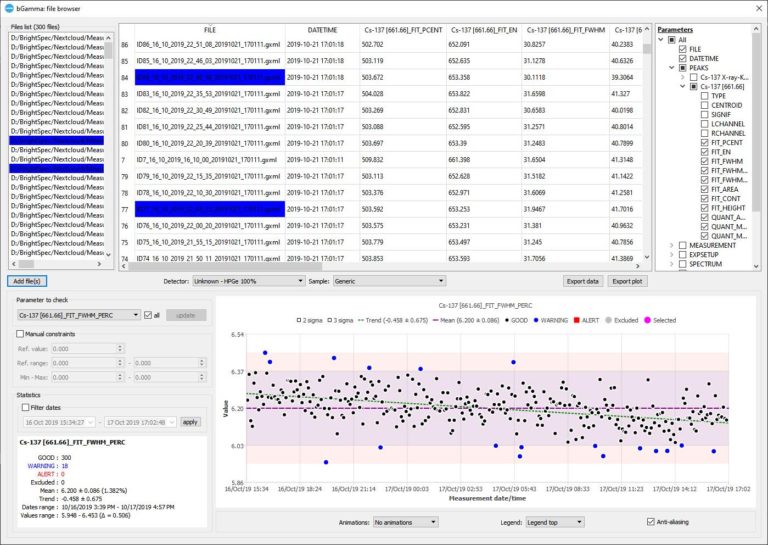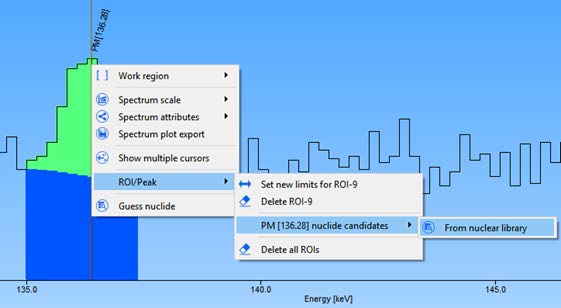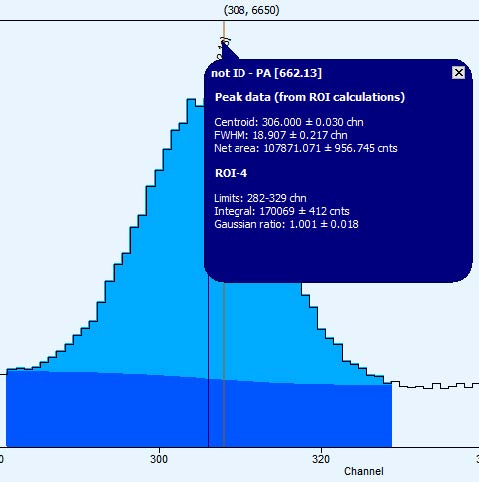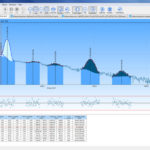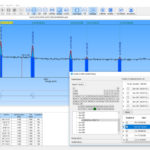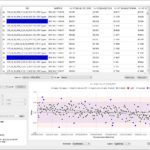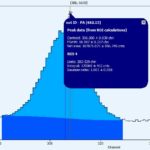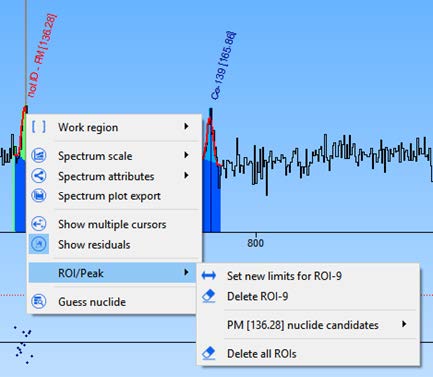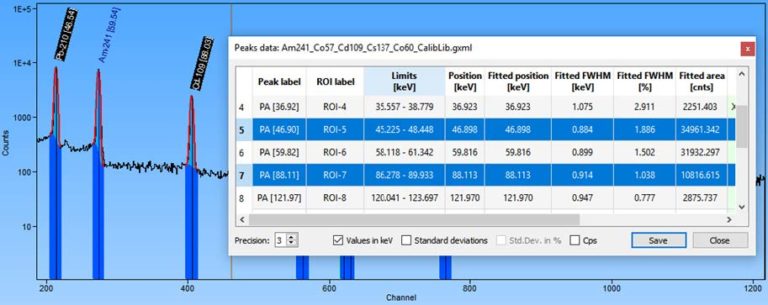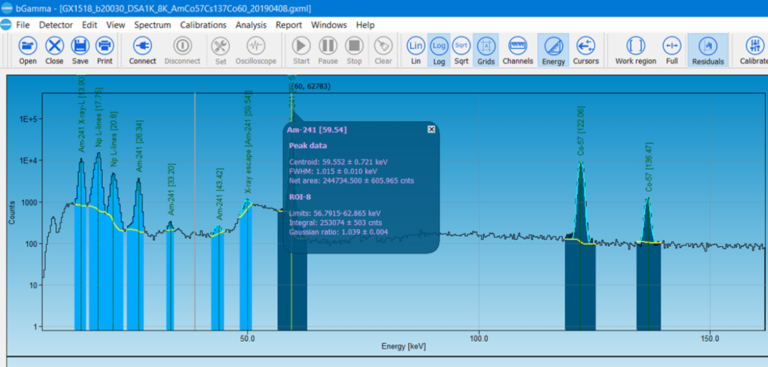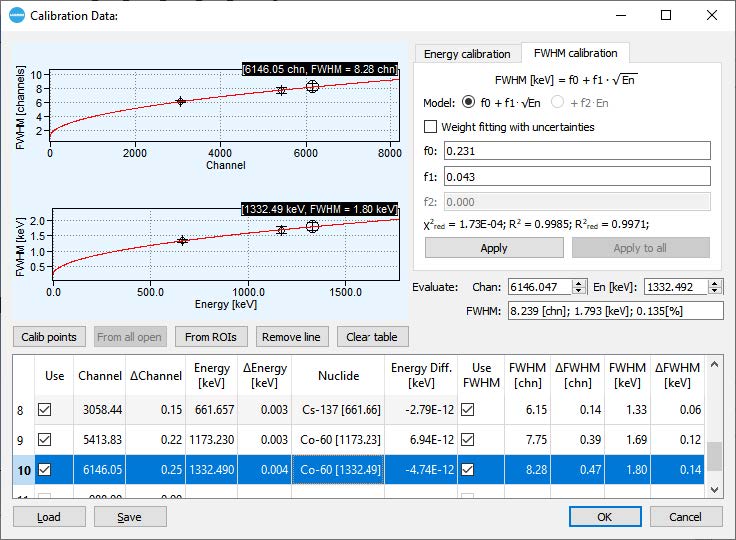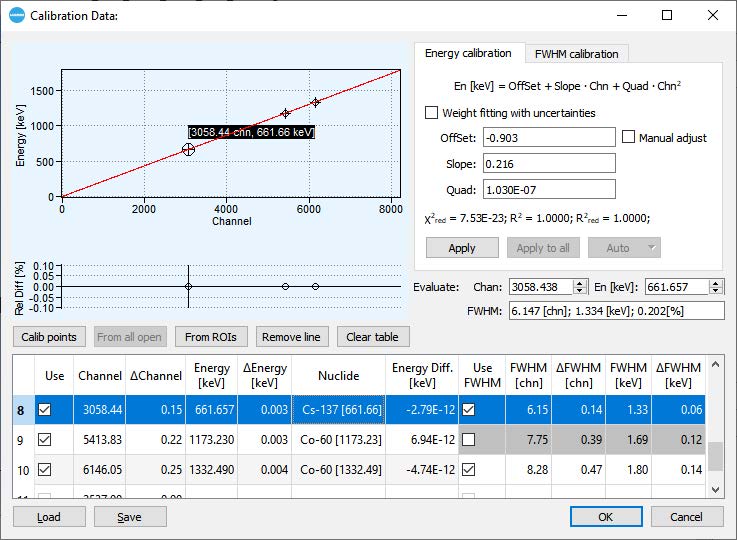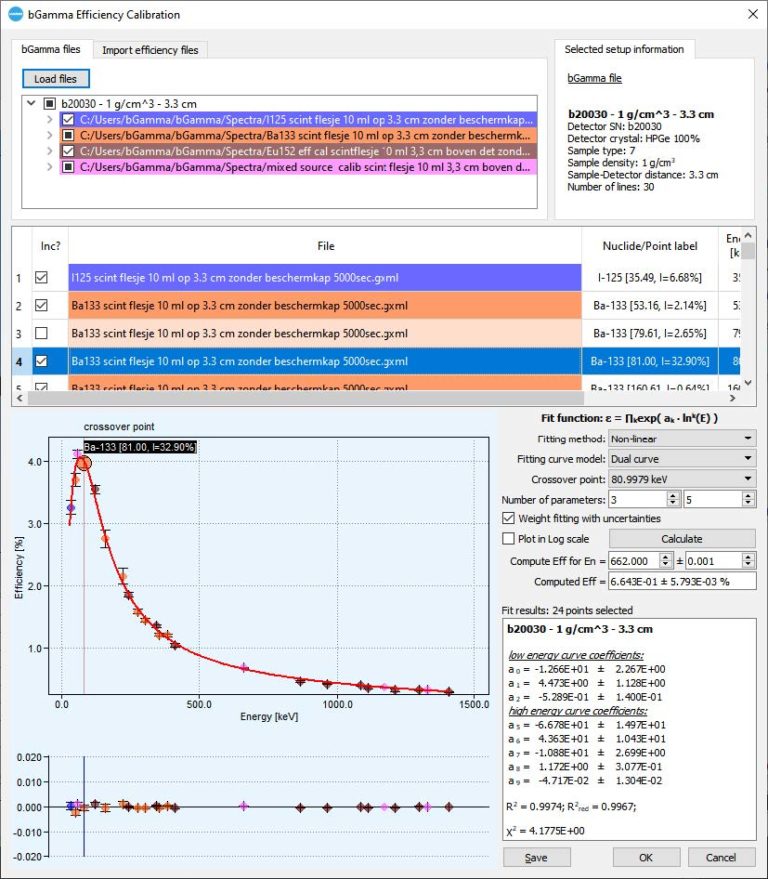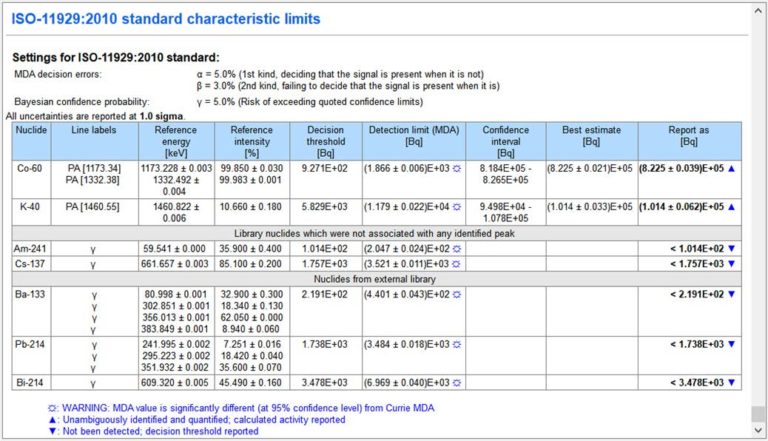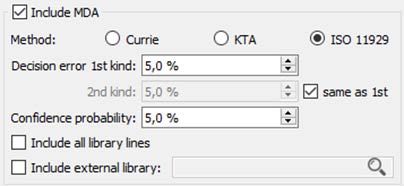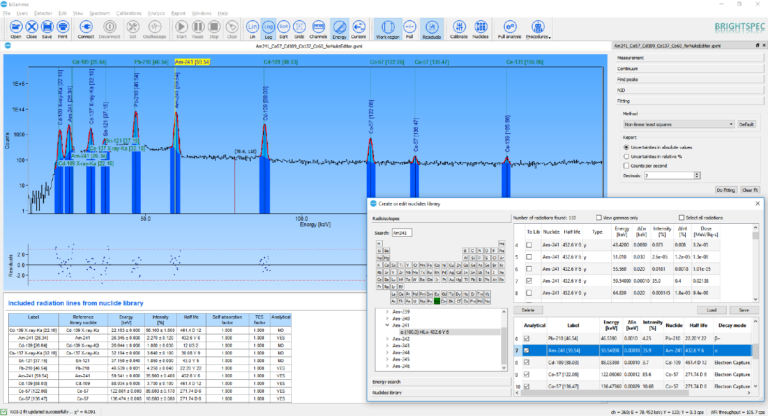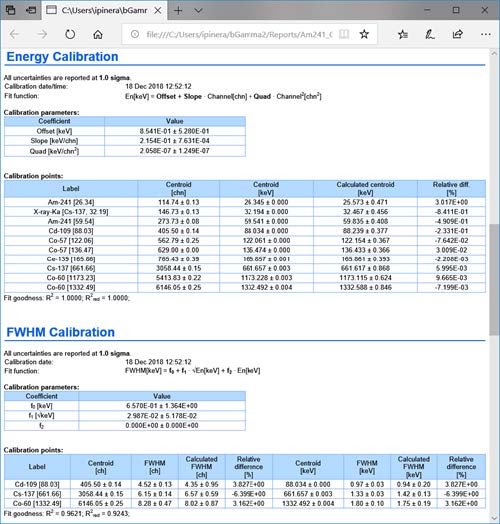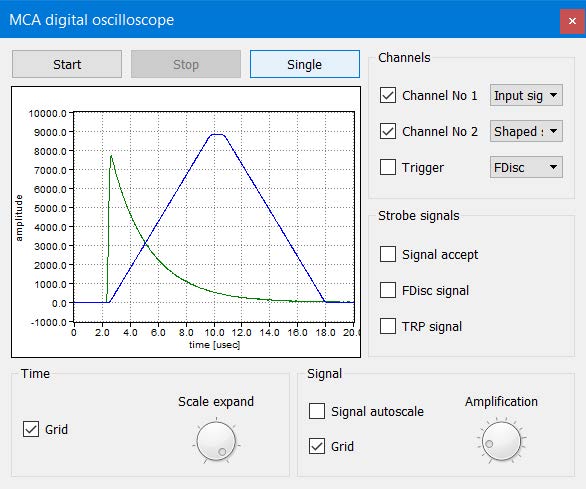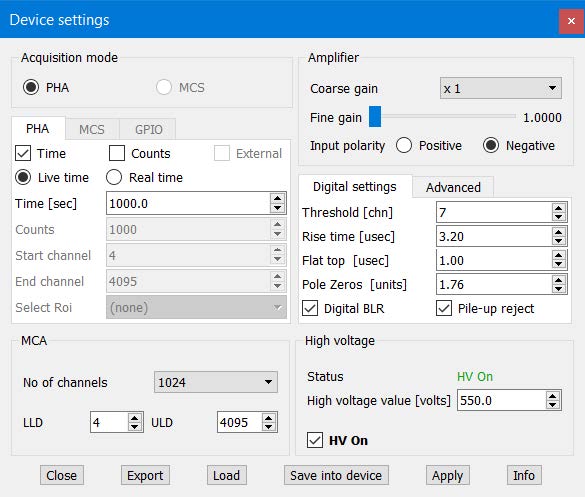bGamma
Modern Gamma Spectroscopy Software
The new bGamma spectroscopy Software is an all-inclusive, modern software package for gamma-ray spectrum analysis, radionuclide identification and quantification. The software can analyse any recorded gamma-ray spectrum independently of the detector type, geometry or sample.
bGamma provides all the necessary tools and functionality for performing a detailed analysis of complex gamma-ray spectra and the corresponding radionuclide identification for the given sample.
The new
bGamma software is a comprehensive software package designed from the outset to bring gamma spectrum analysis up to modern requirements.
The analysis of the energy spectra from a radioactive sample using spectroscopic software is a critical step in gamma-ray spectrometry due to the complexities involved. For instance, the spectra may contain large amounts of interference between elemental emissions, complex continuums, a presence of spectrum artefacts (sum and escape peaks) or unknown sample characteristics among many others.
The modern graphical user interface (GUI) designed into our software simplifies this process by bringing intuitive spectrum visualisation and analysis, providing important “visual” feedback of the analysis results.
bGamma software is a multi-document software package allowing the user to analyze multiple-spectra at the same time and/or acquire data from several connected detectors.
The large quantity and variety of calculation algorithms implemented into bGamma allows the user to analyze a broad range of gamma-ray spectra independently of the detector used, e.g. from high-resolution Ge spectra to medium resolution scintillator spectra from CeBr3, LaBr3, or the widely-used NaI(Tl).
bGamma software runs seamlessly on MS Windows, Linux, MAC iOS & Android.
Click on the slider below for detailed screenshots of the bGamma Software:
Features at a glance
- Control the hardware for correct data acquisition
- Controls & visualises the data acquisition
- Advanced, modern GUI for superb spectrum & analysis results visualisation
- Imports spectra from other file formats
- Energy, shape & efficiency calibration for the gamma-ray spectra
- Automatic peak search & peak class identification (singlets, multiplets)
- ROI analysis & calculations
- Fitting of the experimental data to mathematical models, including background subtraction, peak interference correction, etc.
- Nuclide identification with separation from possible spectrum artefacts and structures
- Radionuclide activity calculations
- Runs seamlessly on MS Windows, Linux, MAC iOS





